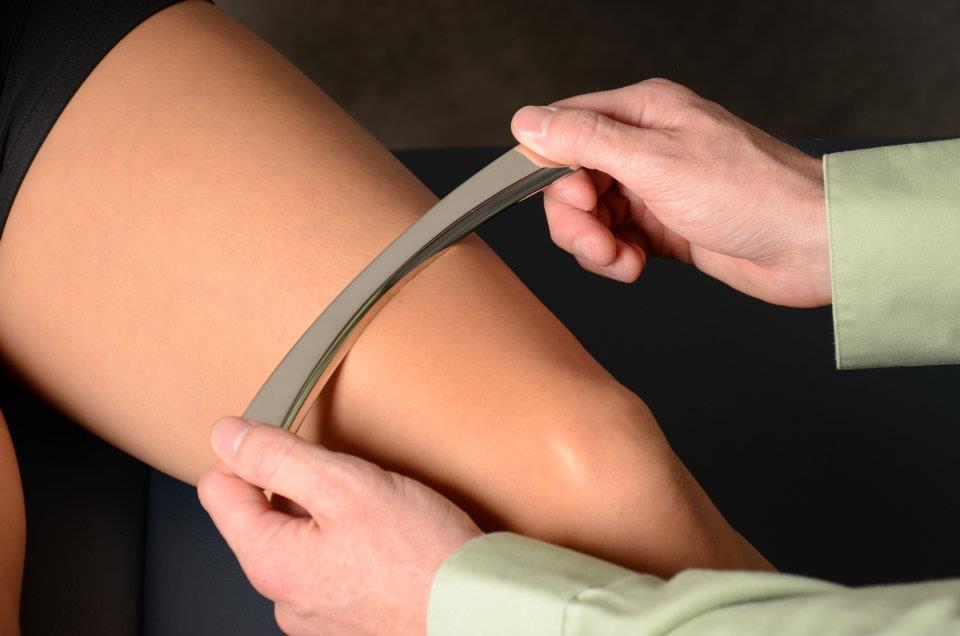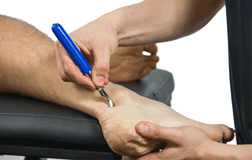I.A.S.T.M
|
PrecisionInstruments are designed with specific edges, allowing for control over the invasiveness of the treatment. This is called dosing. A rounder edge is a lower dose than a shallower edge. An inward curve is a lower dose than an outward curve. Practitioner skill and experience accounts for an even higher degree of accuracy when it comes to dosing. As the edge encounters adhesions within the tissue, it catches and pulls on them causing them to separate under tension.
|
Technique
I.A.S.T.M treatments do not have to result in bruising, nor be painful to see results. Pain and bruising are usually region specific. A skilled practitioner will be able to discuss with you the pros and cons of using various I.A.S.T.M techniques on a specific area. The pain associated with I.A.S.T.M is comparable to many other standard methods of treatment when administered by an experienced practitioner. Bruising may as well be substantially mitigated by skillful application.
|
Results
I.A.S.T.M is clinically shown to achieve faster and better outcomes in treating:
● Achilles Tendinosis/itis ● Carpal Tunnel Syndrome ● Cervical Sprain/Strain ● Fibromyalgia ● Lateral Epicondylosis/itis (tennis elbow) or Medial (golfer’s elbow) ● Lumbar Sprain/Strain ● Patellofemoral Disorders ● Plantar Fasciitis ● Rotator Cuff Tendinosis/itis ● Scar Tissue |





